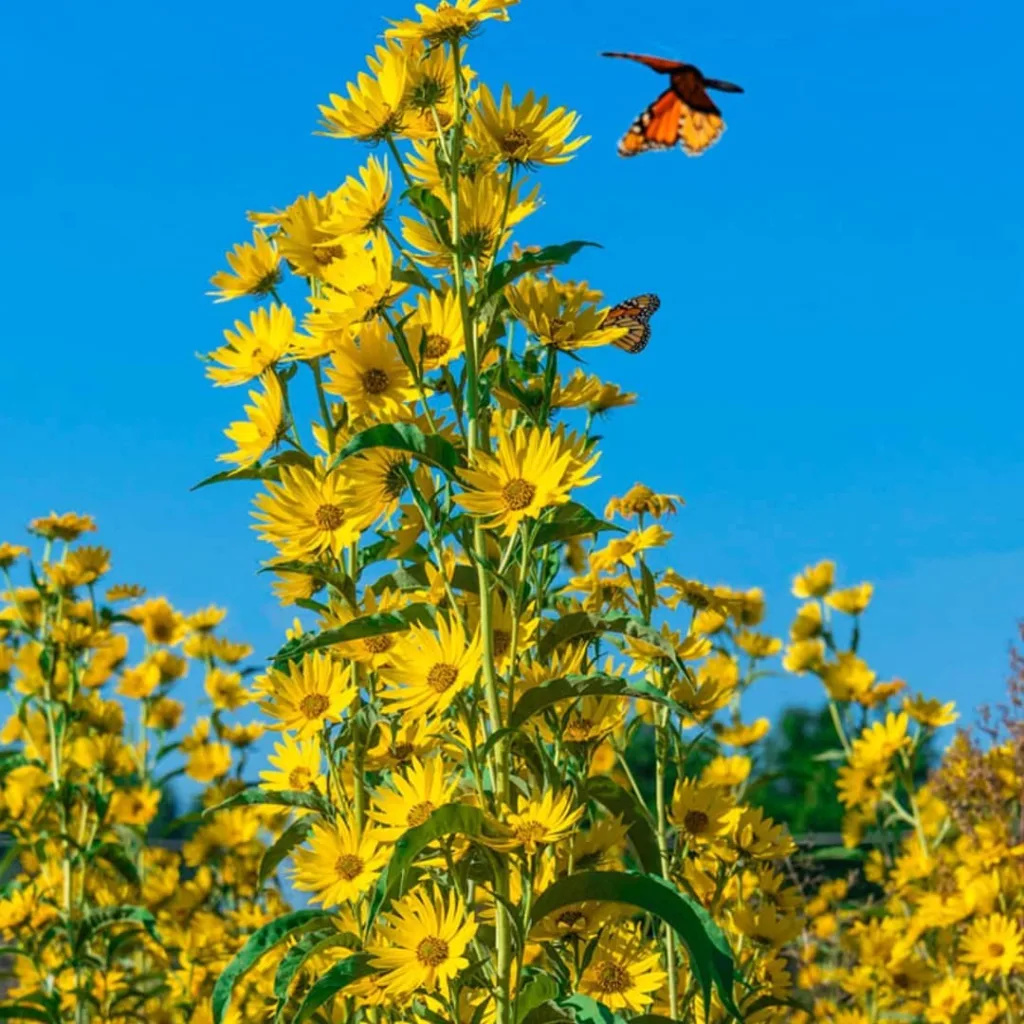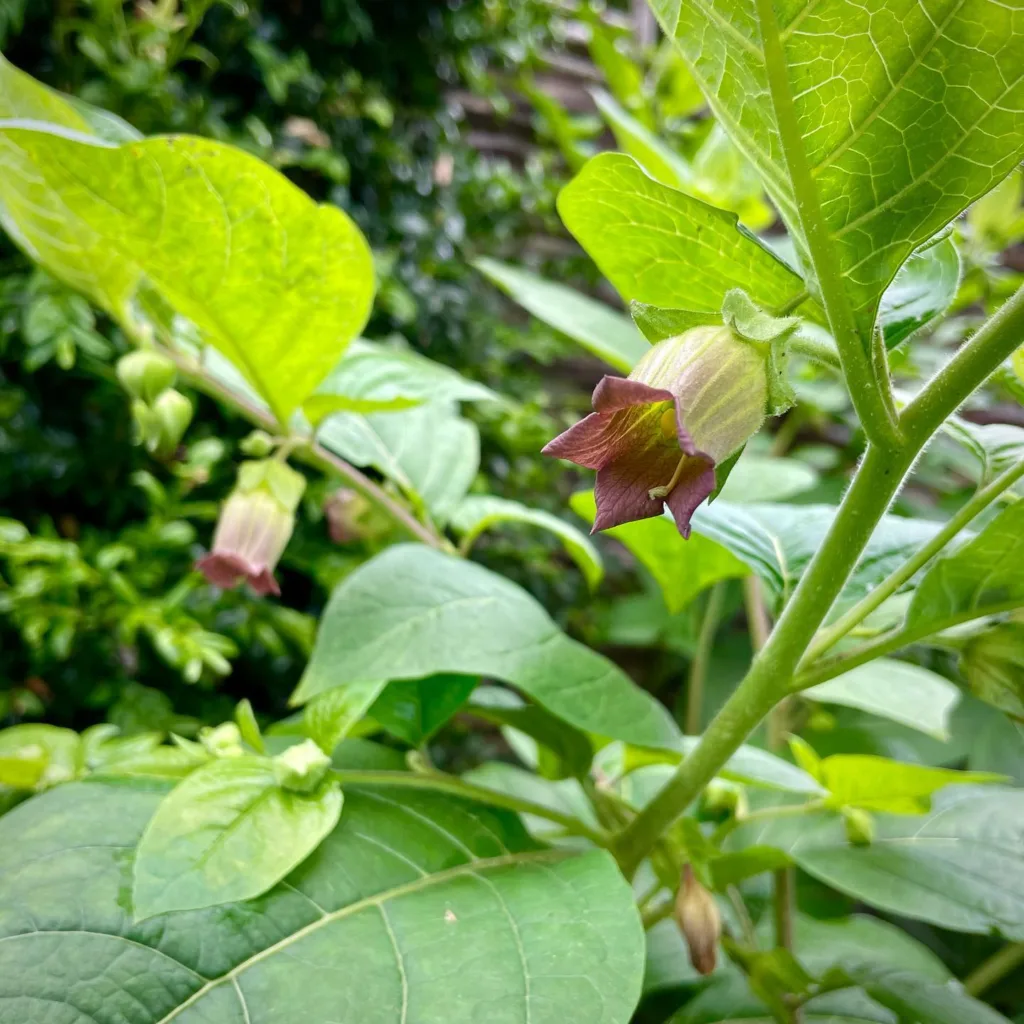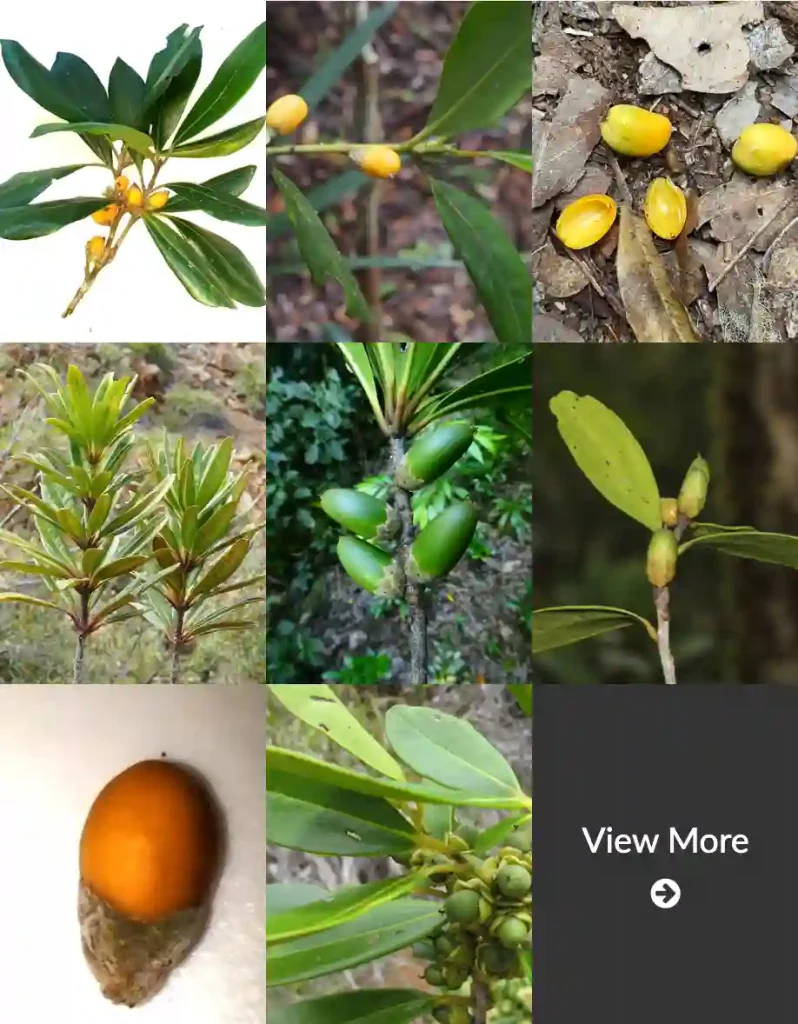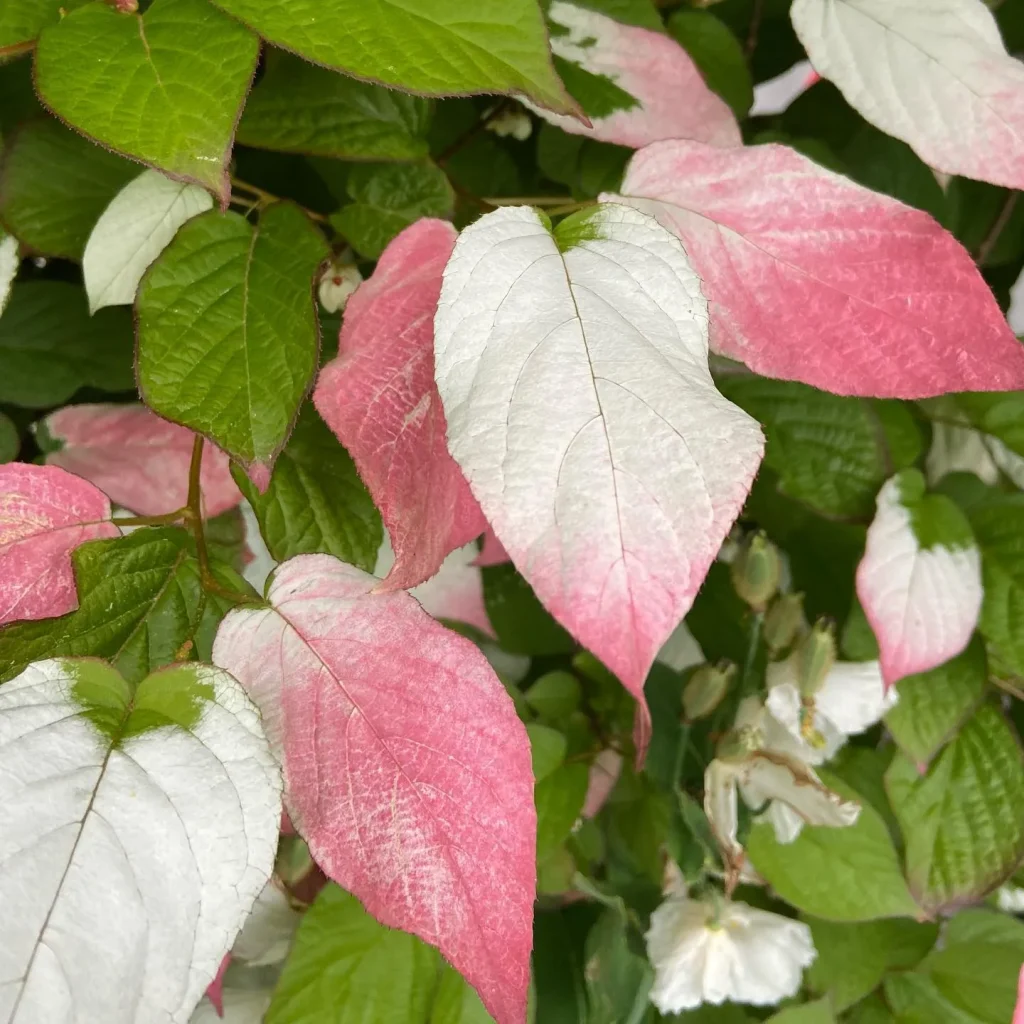Muscari: A Grape Hyacinth Love Affair
My name is Ferb Vu, and I have a confession. I’m utterly smitten with Muscari, those charming little plants better known as grape hyacinths. Their petite stature and vibrant colors bring me an unreasonable amount of joy. Maybe it’s their resemblance to miniature bunches of grapes, or perhaps it’s the way they blanket the ground with a sea of blue. Whatever the reason, I’m hooked.
Why Muscari?
For those unfamiliar, Muscari is a genus of bulbous plants native to Eurasia. They belong to the Asparagaceae family, which also includes asparagus (surprisingly) and lilies. They’re hardy, low-maintenance, and they naturalize beautifully, meaning they’ll spread and multiply year after year with minimal effort. What’s not to love?
Their flowers, typically a striking shade of blue, bloom in the spring. Each tiny bloom is urn-shaped, and they cluster together in dense, compact racemes. These clusters are what give them the common name “grape hyacinth.” While blue is the most common color, you can also find varieties in white, pink, and even yellow.
A Diverse Genus
The Muscari genus boasts a surprising amount of diversity. Here are:
- Muscari adilii M.B.Güner & H.Duman
- Muscari albiflorum (Täckh. & Boulos) Hosni
- Muscari alpanicum Schchian
- Muscari anatolicum Cowley & Özhatay
- Muscari armeniacum H.J.Veitch
- Muscari artvinense Demirci & E.Kaya
- Muscari atillae Yıldırım
- Muscari atlanticum Boiss. & Reut.
- Muscari aucheri (Boiss.) Baker
- Muscari azureum Fenzl
- Muscari babachii Eker & Koyuncu
- Muscari baeticum Blanca, Ruíz Rejón & Suár.-Sant.
- Muscari bicolor Boiss.
- Muscari botryoides (L.) Mill. Plant FAQs: Muscari Botryoides – Grape Hyacinth
- Muscari bourgaei Baker
- Muscari caucasicum (Griseb.) Baker
- Muscari cazorlanum C.Soriano, Rivas Ponce, R.Lozano & Ruíz Rejón
- Muscari coeleste Fomin
- Muscari coeruleum Losinsk.
- Muscari commutatum Guss.
- Muscari comosum (L.) Mill.
- Muscari cycladicum P.H.Davis & D.C.Stuart
- Muscari discolor Boiss. & Hausskn.
- Muscari dolichanthum Woronow & Tron
- Muscari eburneum (Eig & Feinbrun) D.C.Stuart
- Muscari elmasii Yıldırım
- Muscari erdalii Özhatay & Demirci
- Muscari erzincanicum Eker
- Muscari fatmacereniae Eker
- Muscari fertile Ravenna
- Muscari filiforme Ravenna
- Muscari forniculatum Fomin
- Muscari ghouschtchiense (Jafari & Maassoumi) Böhnert
- Muscari gussonei (Parl.) Nyman
- Muscari haradjianii Briq. ex Rech.f.
- Muscari heldreichii Boiss.
- Muscari hermonense Ravenna
- Muscari hierosolymitanum Ravenna
- Muscari inconstrictum Rech.f.
- Muscari inundatum Yıldırım & Eker
- Muscari kerkis Karlén
- Muscari kurdicum Maroofi
- Muscari latifolium J.Kirk
- Muscari lazulinum Ravenna
- Muscari longipes Boiss.
- Muscari longistylum (Täckh. & Boulos) Hosni
- Muscari macbeathianum Kit Tan
- Muscari maritimum Desf.
- Muscari massayanum C.Grunert
- Muscari matritense Ruíz Rejón, Pascual, C.Ruíz Rejón, Valdés & J.L.Oliv.
- Muscari microstomum P.H.Davis & D.C.Stuart
- Muscari mirum Speta
- Muscari muglaense Eker, H.Duman & Yıldırım
- Muscari nazimiyense Yıld. & Kılıç
- Muscari neglectum Guss. ex Ten. & Sangiov. Plant FAQs: Muscari Neglectum
- Muscari neumannii (Böhnert & Lobin) Böhnert
- Muscari olivetorum Blanca, Ruíz Rejón & Suár.-Sant.
- Muscari pallens (M.Bieb.) Fisch.
- Muscari pamiryigidii Eker
- Muscari parviflorum Desf.
- Muscari pseudomuscari (Boiss. & Buhse) Wendelbo
- Muscari pseudopallens Eker, Yıldırım & Armağan
- Muscari pulchellum Heldr. & Sartori ex Boiss.
- Muscari sabihapinariae Eroglu, Pinar & Fidan
- Muscari salah-eidii (Täckh. & Boulos) Hosni
- Muscari sandrasicum Karlén
- Muscari savranii Uysal & Dogu
- Muscari serpentinicum Yıldırım, Altioglu & Pirhan
- Muscari sintenisii Freyn
- Muscari sivrihisardaghlarense Yıld. & B.Selvi
- Muscari spreitzenhoferi (Heldr.) Vierh.
- Muscari stenanthum Freyn
- Muscari tabrizianum (Jafari) Böhnert
- Muscari tauricum Demirci, Özhatay & E.Kaya
- Muscari tavoricum Ravenna
- Muscari tenuiflorum Tausch
- Muscari tijtijense (Jafari) Böhnert
- Muscari turcicum Uysal, Ertugrul & Dural
- Muscari tuzgoluense Yıld.
- Muscari vanense Uysal
- Muscari vuralii Bagci & Dogu
- Muscari wallii Rech.f.
- Muscari weissii Freyn
Muscari in My Garden
In my own garden, I’ve planted a mix of Muscari armeniacum and Muscari latifolium. I love the contrast between the classic blue of the armeniacum and the two-toned clusters of the latifolium. I’ve planted them along a walkway and beneath some deciduous shrubs. They provide a welcome burst of color in early spring when the rest of the garden is still waking up.
Caring for Muscari
One of the things I appreciate most about Muscari is how easy they are to care for. Here are a few tips:
- Planting: Plant the bulbs in the fall, about 6-8 weeks before the first frost. Choose a spot with well-drained soil and full sun to partial shade.
- Watering: Water them regularly after planting, but be careful not to overwater. Once established, they’re fairly drought-tolerant.
- Fertilizing: They don’t require a lot of fertilizer. A light application of bulb food in the fall is usually sufficient.
- Deadheading: You can deadhead the spent flower stalks if you’d like, but it’s not necessary.
Beyond the Basics
Muscari are also incredibly versatile. They look fantastic in rock gardens, borders, and containers. They can even be forced indoors for winter blooms. I’ve also had success naturalizing them in my lawn. They pop up between the blades of grass in the spring, creating a charming, speckled effect.
A Final Word
If you’re looking for a low-maintenance, high-impact plant for your garden, I highly recommend giving Muscari a try. Their vibrant colors, easy care, and versatility make them a winner in my book. And who knows, you might just fall in love with them as I have.
If i die, water my plants!



